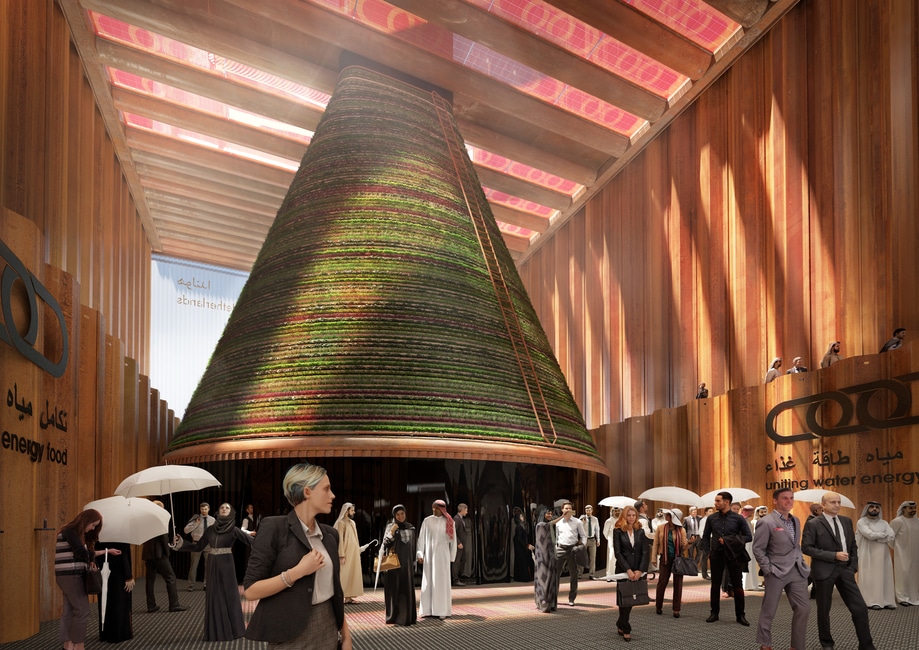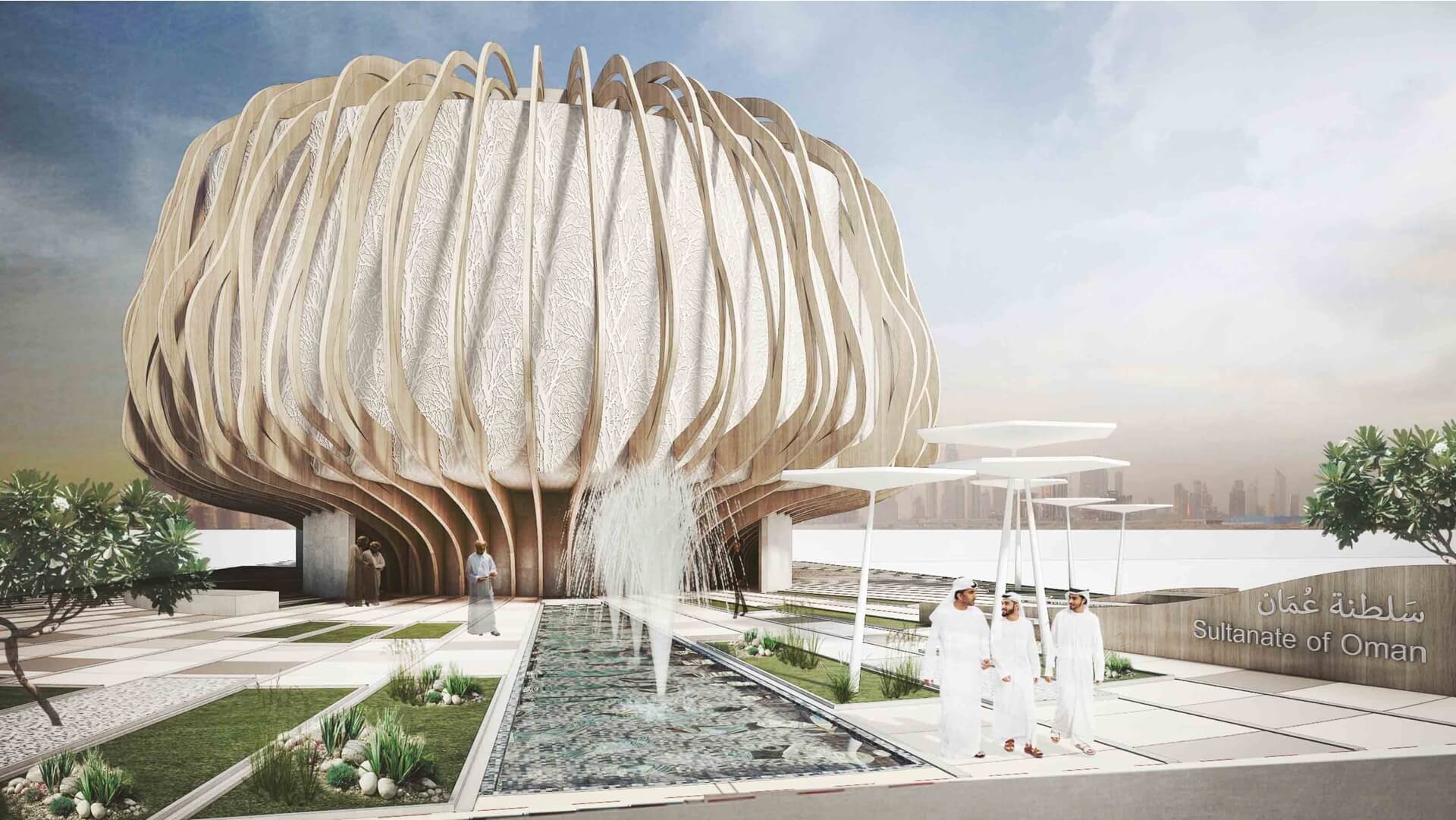




The 5 most spectacular Pavilions at Expo 2020
Brazil
The Brazil pavilion will feature a central square with a flexible white fabric structure immersed in water to reference the county’s rivers and mangroves.
The use of water throughout the pavilion is used as a symbol for discussions centred on sustainability.
Well inside you walk on an anti-slip black concrete that allows visitors to wander through the pavilion and immerse themselves in a sensory experience featuring projections, sounds, and scent.
The white fabric envelope will also showcase image projections of the country’s various landscapes.
United Kingdom
London-based designer and artist Es Devlin will design the UK Pavilion to reflect “leading British expertise in artificial intelligence and space”, according to a statement released by the artist.
The pavilion is titled ‘The Poem Pavilion’ and draws inspiration from one of Stephen Hawking’s final projects, ‘Breakthrough Message’, a global competition that Hawking and his colleagues created in 2015 which invited people worldwide to conceive a message that could be expressed to extraterrestrial life.
The pavilion features augmented reality exhibits on British advances in space and robotics, the interior will be filled with a collective choral soundtrack featuring choirs from every continent.
Netherlands
The Dutch pavilion uses a ‘climate generating’ conical structure that showcases how water, energy, and food can be connected.
With themes like ‘Uniting Water, Energy, and Food’, the pavilion will showcase ‘home-grown solutions’ that link issues of water, energy, and food – all while working closely with Gulf states in order to develop sustainable solutions appropriate for the regions local eco-systems.
The pavilion itself will contain a circular climate system called a ‘biotype’ – which is set to provide visitors with “an intense sensory experience”.
Germany
The German pavilion will allow visitors to discover the pavilion using an intelligent assistant which will act as an ‘invisible companion’.
It will feature a ‘vertical campus’ which consists of separate modules that converge at a spacious atrium complete with a stage and restaurant.
The pavilion ‘Campus Germany’ is designed as a place of knowledge as it will house research and communication. Every visitor will receive a tailored experience with help from an intelligent assistant called ‘IAMU’. It will provide information as visitors move through the space.
Oman
Oman’s pavilion design aims to reflect a contemporary take on Islamic and Omani traditional architecture, centred around the Frankincense tree as its main theme. Frankincense is the resin from the Boswellia tree which has been “recognised as a bridge between the civilisations of the ancient world.”
The pavilion will include five zones, including the logistics of transporting Omani frankincense to other parts of the world, the knowledge economy through which the use of frankincense was obtained as food and medicine, the manufacturing of frankincense, sustainability through the care of the tree and land, and the travel and exploration of frankincense as a commodity.








